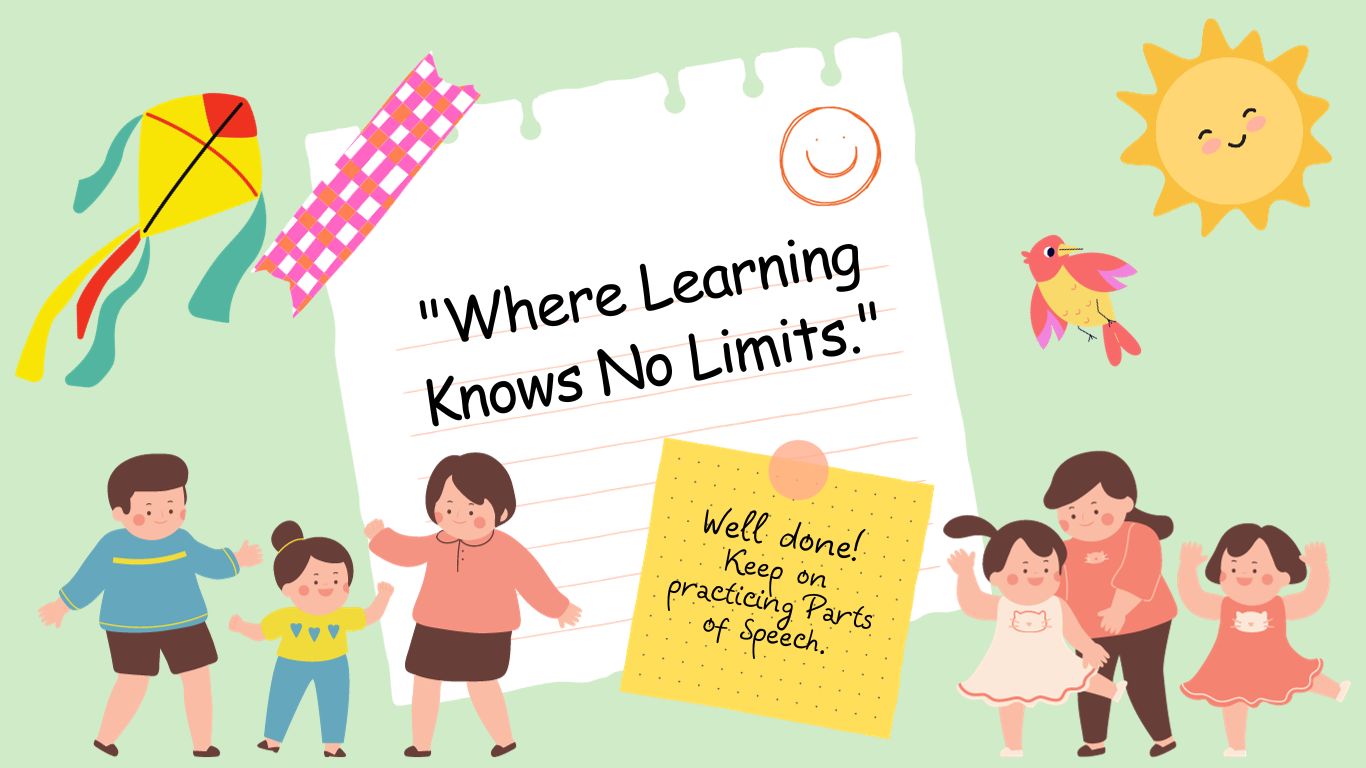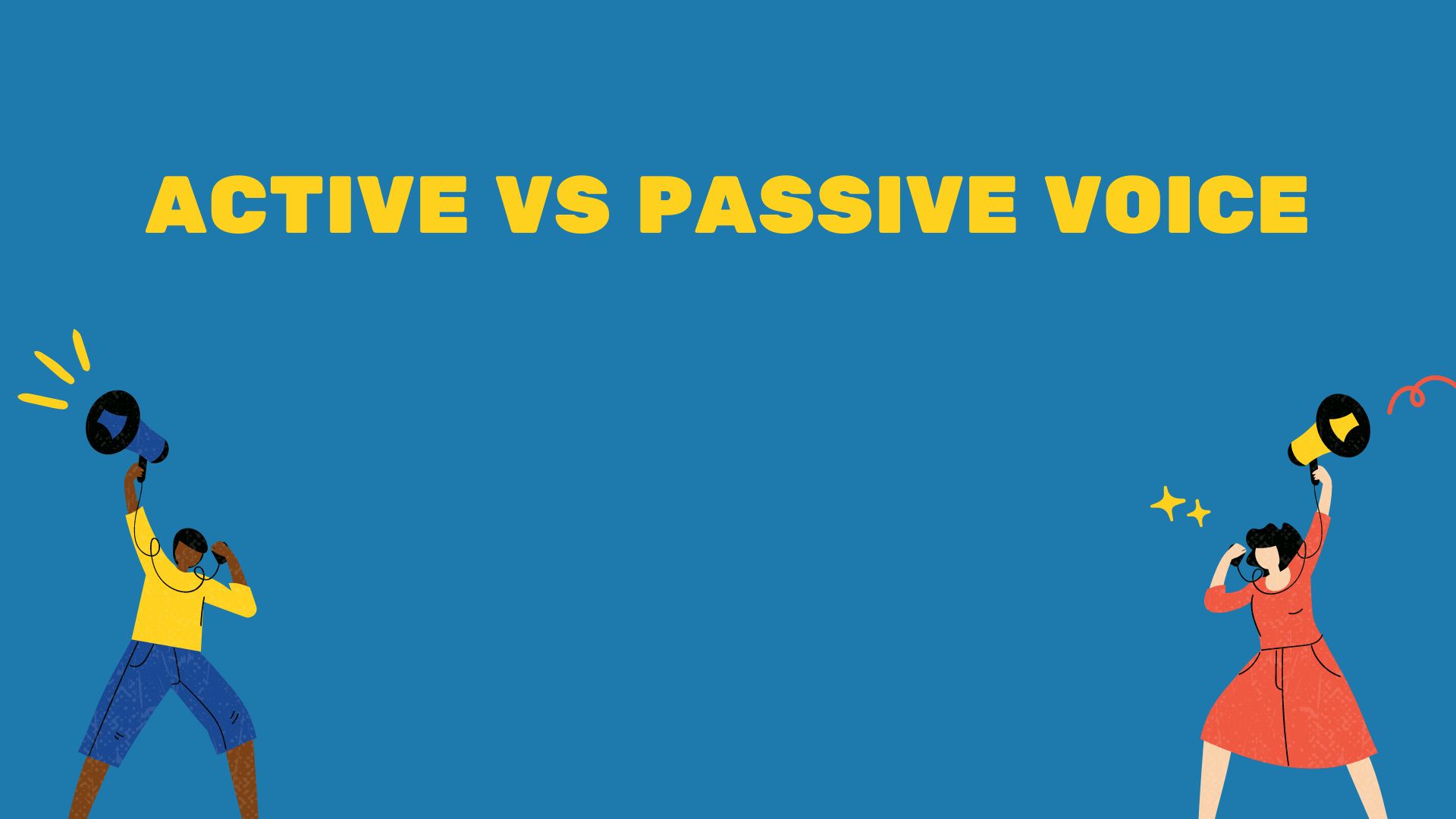Voice change refers to the transformation of a sentence from one grammatical voice to another, typically between active and passive voices. This alteration not only affects the structure of the sentence but also influences its tone, emphasis, and clarity. Understanding how to change the voice of a sentence is crucial for effective communication and writing, as it allows for varying degrees of emphasis on different elements within a sentence. Mastery of voice change enables writers to tailor their expressions to suit the context and purpose of their communication, ultimately enhancing the impact and readability of their writing.

What is voice:
Voice is the form of the verb which indicates whether the subject does the work or something has been done to it.
There are three kinds of voices:
- Active Voice
- Passive voice
- Quasi-Passive voice
Active voice:
When the subject of a sentence is the doer or actor, the verb is in active voice. Sentences in active voice typically follow a straightforward and direct format, making them clear and concise. Here are some examples:
- The dog chased the ball.
- In this sentence, “the dog” is the subject performing the action of chasing the ball.
- She wrote a letter to her friend.
- Here, “she” is the subject who performs the action of writing the letter.
Passive Voice:
When the subject of a sentence is acted upon, the verb is in passive voice. It often emphasizes the receiver of the action rather than the doer. Here are some examples:
- The ball was chased by the dog.
- In this sentence, “the ball” is the subject receiving the action of being chased by “the dog.”
- A letter was written to her friend.
- Here, the subject is “a letter,” which receives the action of being written.
- Flowers were planted in the garden.
- “Flowers” is the subject receiving the action of being planted.
Active -Passive Relation:
SUBJECT VERB OBJECT
ACTIVE: Tina opened the door
PASSIVE: The door was opened by Tina
A pro tip for you to master the active voice and the passive voice is to know the structure and formula by which they work.
Active Voice – Subject + Verb + Object
Passive Voice – Object + Verb + Subject
Rules for changing Active voice into Passive:
1. Identify the subject, verb, and object:
Understand who or what is performing the action (subject), what action is being performed (verb), and who or what is receiving the action (object).
- Subject: The doer of the action.
- Verb: The action itself.
- Object: The receiver of the action.
Examples:
- Active Voice: She bought a new car.
- Passive Voice: A new car was bought by her.
- Active Voice: They are building a new house.
- Passive Voice: A new house is being built by them.
- Active Voice: The chef prepared the delicious meal.
- Passive Voice: The delicious meal was prepared by the chef.
2. Swap the Subject and Object:
The object of the active sentence becomes the subject of the passive sentence, and the subject of the active sentence becomes the object of the passive sentence, usually preceded by “by”.
Example:
- Active Voice: The teacher explains the lesson.
- Passive Voice: The lesson is explained by the teacher.
3. Change the Verb to Past Participle:
The main verb is changed into the Past Participle form and it is preceded by the correct form of the verb ‘”to be‟ in passive voice.
Example:
- Active Voice: She writes a letter.
- Passive Voice: A letter is written by her.
In this example, “writes” (main verb) is changed to “written” (past participle), and it is preceded by “is” (the correct form of “to be” for present simple tense).
4. Adjust for Tense:
Active and Passive Voice Rules Chart
| Tense | Active voice | Passive voice |
|---|---|---|
| Present Indefinite | Does/Do | Is/Are/Am |
| Present Continuous | Is/Am/Are | Is/Am/Are + Being |
| Present Perfect | Has / Have | Has been / Have been |
| Present Perfect Continuous | Has / Have been | Has / Have been + Being |
| Past Indefinite | Did | Was / Were |
| Past Continuous | was/were | was/ were + being |
| Past Perfect | had | had been |
| Past Perfect Continuous | had been | had been + being |
| Future Indefinite | Will | Will be |
| Future Continuous | Will be | Will be + Being |
| Future Perfect | Will have | Will have been |
| Future Perfect Continuous | Will have been | Will have been + being |
Present Indefinite (Simple Present)
- Active Voice: Does/Do + base verb
- Passive Voice: Is/Are/Am + past participle
Examples:
- Active Voice: I do the work.
- Passive Voice: The work is done by me.
- Active voice: Lily types a letter.
- passive voice: A letter is typed by Lily.
Present Continuous:
- Active Voice: Is/Am/Are + present participle (-ing form)
- Passive Voice: Is/Am/Are + being + past participle
Examples:
- Active Voice: She is writing a letter.
- Passive Voice: A letter is being written by her.
Present Perfect:
- Active Voice: Has/Have + past participle
- Passive Voice: Has been/Have been + past participle
Examples:
- Active Voice: She has written a letter.
- Passive Voice: A letter has been written by her.
Present Perfect Continuous:
- Note: The present perfect continuous tense is generally not used in the passive voice.
Past Indefinite (Simple Past)
- Active Voice: Did + base verb
- Passive Voice: Was/Were + past participle
Examples:
- Active Voice: She wrote a letter.
- Passive Voice: A letter was written by her.
Past Continuous:
- Active Voice: Was/Were + present participle (-ing form)
- Passive Voice: Was/Were + being + past participle
Examples:
- Active Voice: She was writing a letter.
- Passive Voice: A letter was being written by her.
Past Perfect:
- Active Voice: Had + past participle
- Passive Voice: Had been + past participle
Examples:
- Active Voice: She had written a letter.
- Passive Voice: A letter had been written by her.
Past Perfect Continuous:
- Note: The past perfect continuous tense is generally not used in the passive voice.
Future Indefinite (Simple Future):
- Active Voice: Will + base verb
- Passive Voice: Will be + past participle
Examples:
- Active Voice: She will write a letter.
- Passive Voice: A letter will be written by her.
Future Continuous:
- Note: The future continuous tense is generally not used in the passive voice.
Future Perfect:
- Active Voice: Will have + past participle
- Passive Voice: Will have been + past participle
Examples:
- Active Voice: She will have written a letter.
- Passive Voice: A letter will have been written by her.
5. Sentences with Two Objects:
For verbs with two objects, either object can become the subject in the passive voice.
Example:
- Active Voice: The teacher gave the students homework.
- Passive Voice: Homework was given to the students by the teacher.
- Passive Voice: The students were given homework by the teacher.
- Explanation: Both “homework” and “the students” can be the subject in the passive voice, with the other remaining as the object.
6.Retaining the Meaning:
Ensure that the passive voice sentence retains the same meaning as the active voice sentence.
Example:
- Active Voice: The manager will approve the project.
- Passive Voice: The project will be approved by the manager.
Active and Passive Voice Rules: Changing Pronouns
When transforming a sentence from active voice to passive voice or vice versa, it is necessary to change the pronoun from its subjective form to its objective form, or the other way around.
Example:
- Active Voice: I helped them.
- Passive Voice: They were helped by me.
List of Important Pronouns:
| Subject Form | Object Form |
|---|---|
| He | Him |
| She | Her |
| It | It |
| I | Me |
| We | Us |
| They | Them |
| You | You |
Some examples of Voice Change of
Assertive Sentences
Active Passive
I do the work. The work is done by me.
Lila writes a letter. A letter is written by Lila.
Rita helped the old man. The old man was helped by Rita.
Ram is playing cricket. Cricket is being played by Ram
He has called me. I have been called by him.
The had seen a picture. A picture had been seen by them.
You will play football. Football will be played by you.
She would sing a song. A song would be sung by her.
She would havr read the book. The book would have been read by her
How to change Voice of Imperative Sentence:
If the verb in the Active voice expresses orders, requests, advices etc. the word „Let‟ is usually placed at the beginning of the Passive voice and the beginning of the Passive voice and be verb is placed before the Past Participle of the main verb.
Example:
Active: Shut the door.
Passive: Let the door be shut.
Active: Tell him to go.
passive: Let him be told to go
How to change Voice of Interrogative Sentence:
If the interrogative sentence does not begin with „Do‟ but begins with a Wh-word, it can be directly changed into passive.
Active : Who taught you English?
Passive: By whom were you taught English.
For instance: Active : Which book do you want?
Passive: Which book is wanted by you. Another form of Voice is Quasi-Pas
Change the following sentences from active voice to passive voice.
- The dog chased the cat.
- The cat was chased by the dog.
- The dog bit the boy.
- The boy was bitten by the dog.
- The peon rang the bell.
- The bell was rung by the peon.
- Ram played hockey.
- Hockey was played by Ram.
- Miss Mary teaches us English.
- English is taught to us by Miss Mary.
- Raj caught the ball.
- The ball was caught by Raj.
- Children like sweets.
- Sweets are liked by children.
- Rita will take a photograph.
- A photograph will be taken by Rita.
- Who taught you this poem?
- By whom was this poem taught to you?
- The police arrested the smuggler.
- The smuggler was arrested by the police.
- Shiva was flying a kite.
- A kite was being flown by Shiva.
- The hunter shot the deer.
- The deer was shot by the hunter.
- The lion attacked the zebra.
- The zebra was attacked by the lion.
- Virat threw the ball.
- The ball was thrown by Virat.
- Everyone loves Zara.
- Zara is loved by everyone.
- My sister has drawn this portrait.
- This portrait has been drawn by my sister.
- The people were helping the wounded woman.
- The wounded woman was being helped by the people.
- Sam had taken the medicines.
- The medicines had been taken by Sam.
- The player is taking extra time.
- Extra time is being taken by the player.
- The cat ate the fish.
- The fish was eaten by the cat.

conclusion
In conclusion, understanding and effectively utilizing both active and passive voice is crucial for clear and impactful communication. The active voice, characterized by its direct and engaging nature, often enhances readability and clarity by clearly identifying the subject performing the action. This makes it especially useful for creating dynamic and concise sentences. On the other hand, the passive voice, while sometimes criticized for its potential to obscure the subject and create a more detached tone, has its own valuable applications. It can be used to emphasize the action or the recipient of the action, to maintain a formal tone, or to introduce variety in sentence structure. Mastery of both voices allows writers to choose the most appropriate and effective structure for their message, ensuring that their writing is not only correct but also nuanced and versatile. Whether prioritizing clarity and brevity with the active voice or emphasizing different aspects of a sentence with the passive voice, the key lies in making intentional choices to enhance overall communication.


